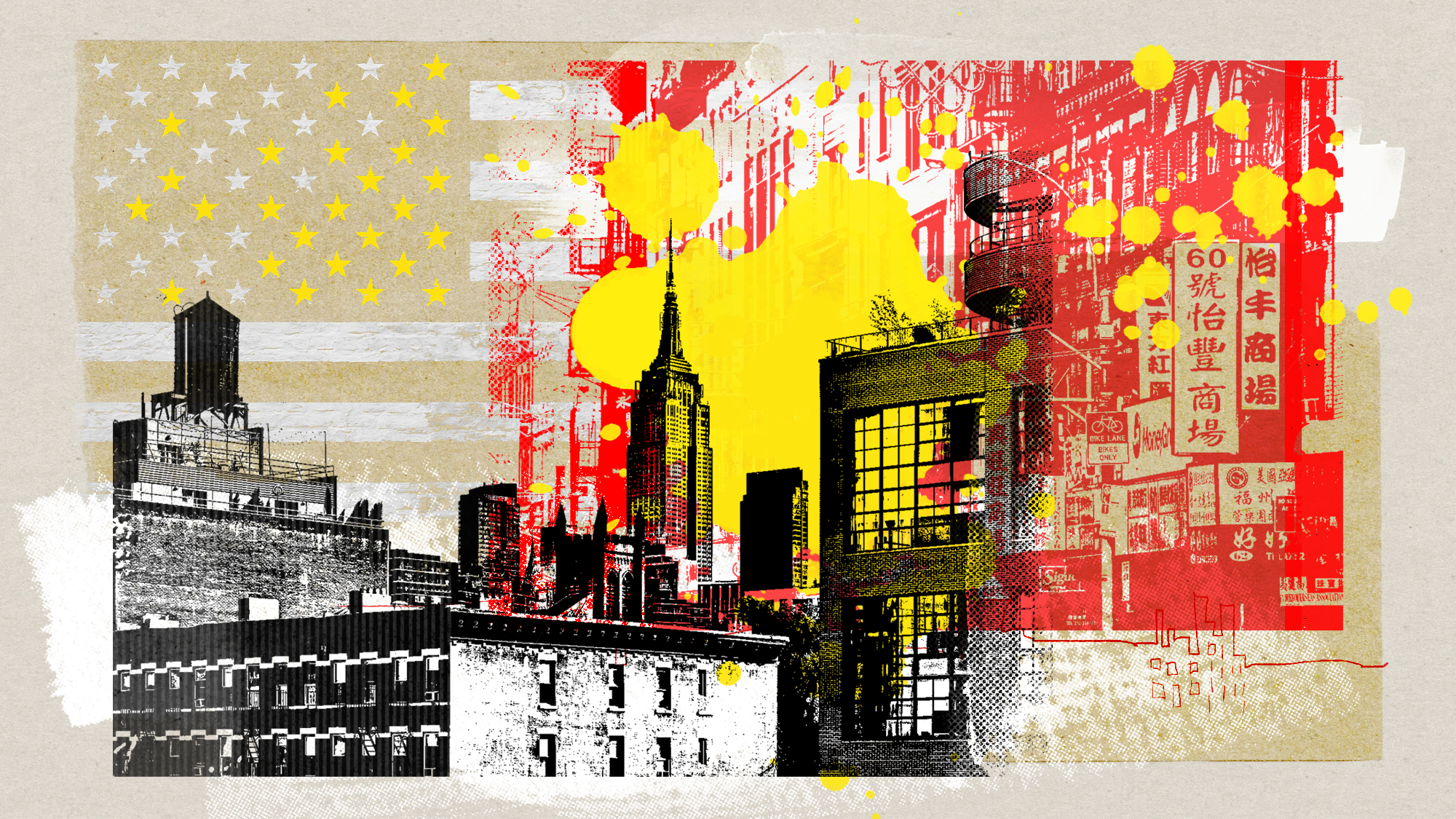Why does Italy change governments so much?
Five Star Movement and centre-left Democrats agree unlikely coalition

Italy’s anti-establishment Five Star Movement and the centre-left Democratic Party (PD) have agreed to form a coalition government, in a move that pushes Matteo Salvini’s far-right League party out in the cold.
After announcing plans last week to stand down, Prime Minister Giuseppe Conte will now stay on in the proposed joint administration, which is set to serve until the next scheduled elections, in 2023.
“We consider it worthwhile to try this experiment,” the PD's Nicola Zingaretti said yesterday.
The Week
Escape your echo chamber. Get the facts behind the news, plus analysis from multiple perspectives.

Sign up for The Week's Free Newsletters
From our morning news briefing to a weekly Good News Newsletter, get the best of The Week delivered directly to your inbox.
From our morning news briefing to a weekly Good News Newsletter, get the best of The Week delivered directly to your inbox.
The two parties are “traditionally staunch rivals”, says the BBC, but have been in discussions since Conte announced his resignation after Salvini tabled a no-confidence motion against the independent PM - a move widely viewed as a bid by the League leader to grap power.
The new coalition will be the 67th Italian government since the end of the Second World War. In the same period in the UK, power has changed hands only 26 times.
The extraordinarily high rate of turnover - averaging a complete political overhaul every 13.25 months - is the result of multiple factors:
The constitution reflects regional interests
A free daily email with the biggest news stories of the day – and the best features from TheWeek.com
The New York Times says that political stability has “always been elusive in Italy” owing to a “combination of a multiparty system and its electoral laws”, making it difficult for any one party to have a strong majority.
Following the 22-year authoritarian rule of fascist dictator Benito Mussolini, the country has maintained a strong tradition of encouraging coalition governments, although this did little to stop the domination of the Christian Democrats in Italian politics throughout the postwar decades.
But the extremely high turnover of governments, according to The Economist, is “partly by design”.
After the War, Italy was a divided country: the South voted for a monarchy, while the North wanted a republic. As a result, a new constitution was enacted in 1948, with two main aims.
The first was to “take proper account of Italy’s many regional variations”, says the news magazine. The second was to “make sure that Mussolini’s rise to power could never happen again”.
“Both of these wishes pointed towards a constitutional system with a weak executive, which is what Italy got,” The Economist adds. “The prime minister needs a majority in both the House of Deputies and the Senate to govern. In a system filled with small parties, this is hard to do.”
A culture of instability
Experts say that electoral rule changes in the early 1990s turned Italy more towards majority governments.
Euronews reports that the “figures back this up”, as Italy had 52 governments from 1946 to 1993, meaning each one lasted around 10.8 months. Since then, there have been, including Conte’s, 14 administrations, equal to one every 21 months or so.
But the failure of Conte’s government indicates that more needs to be done. But what?
Nicola Chelotti, an expert on Italian politics from Loughborough University London, notes that one of the most recent prime ministerial casualties was Matteo Renzi, who resigned from the role in 2016 because he lost a constitutional referendum designed to make Italian governments more stable.
Although this may have been a step in the right direction, Chelotti believes that even if Renzi’s reforms had succeeded, it would not have stopped Italian politics’ unhealthy trend toward intense infighting and partisan bickering.
“You can give a lot of seats to a party but the problem is a day after they don’t follow the [party] line and they are prone to rebellion,” Chelotti adds.
Too many cooks?
Figures are often difficult to verify, but the Financial Times reported during the second-most recent Italian elections, in 2013, that voters were asked to choose between an astonishing 169 parties on the ballot paper.
Italy has a remarkable number of political parties, some of which are only active in certain regions - a situation which the paper says “emerged after the collapse of the Christian Democrats (DC) and the Italian Communist Party (PCI), the two leading parties in the postwar period”.
“The Christian Democrats long monopolised the votes of the centre-right electorate but they collapsed in 1994 after the tangentopoli (“bribesville”) scandal, which revealed widespread corruption across the party,” the FT continues. “The Communist Party was dissolved in 1991 in recognition of the post-cold war climate. No other force has proved capable of winning over a large part of the population.”
-
 Is Trump in a bubble?
Is Trump in a bubble?Today’s Big Question GOP allies worry he is not hearing voters
-
 ‘Managed wildfires have spread out of control before’
‘Managed wildfires have spread out of control before’Instant Opinion Opinion, comment and editorials of the day
-
 Separating the real from the fake: tips for spotting AI slop
Separating the real from the fake: tips for spotting AI slopThe Week Recommends Advanced AI may have made slop videos harder to spot, but experts say it’s still possible to detect them
-
 Femicide: Italy’s newest crime
Femicide: Italy’s newest crimeThe Explainer Landmark law to criminalise murder of a woman as an ‘act of hatred’ or ‘subjugation’ but critics say Italy is still deeply patriarchal
-
 Brazil’s Bolsonaro behind bars after appeals run out
Brazil’s Bolsonaro behind bars after appeals run outSpeed Read He will serve 27 years in prison
-
 Americans traveling abroad face renewed criticism in the Trump era
Americans traveling abroad face renewed criticism in the Trump eraThe Explainer Some of Trump’s behavior has Americans being questioned
-
 Nigeria confused by Trump invasion threat
Nigeria confused by Trump invasion threatSpeed Read Trump has claimed the country is persecuting Christians
-
 Sanae Takaichi: Japan’s Iron Lady set to be the country’s first woman prime minister
Sanae Takaichi: Japan’s Iron Lady set to be the country’s first woman prime ministerIn the Spotlight Takaichi is a member of Japan’s conservative, nationalist Liberal Democratic Party
-
 Russia is ‘helping China’ prepare for an invasion of Taiwan
Russia is ‘helping China’ prepare for an invasion of TaiwanIn the Spotlight Russia is reportedly allowing China access to military training
-
 Interpol arrests hundreds in Africa-wide sextortion crackdown
Interpol arrests hundreds in Africa-wide sextortion crackdownIN THE SPOTLIGHT A series of stings disrupts major cybercrime operations as law enforcement estimates millions in losses from schemes designed to prey on lonely users
-
 China is silently expanding its influence in American cities
China is silently expanding its influence in American citiesUnder the Radar New York City and San Francisco, among others, have reportedly been targeted